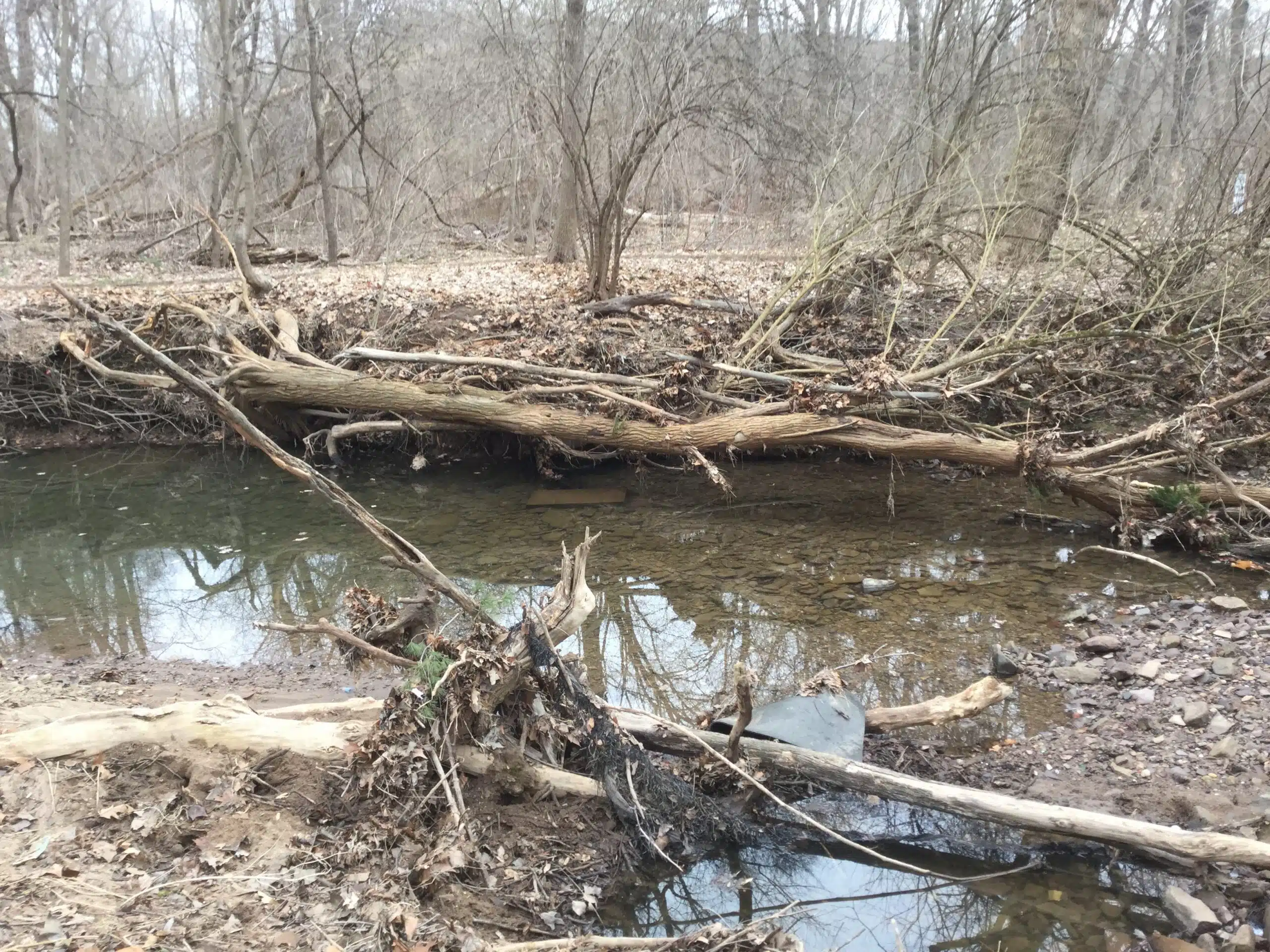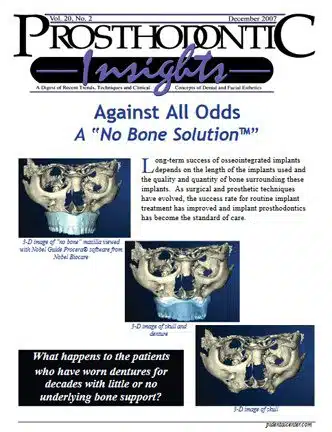Erosion of the Earth and Dental Bone Loss in the human mouth share some similarities. Both are devastatingly damaging; both are financially costly; and both have similar solutions. We have all seen images of hillside homes toppling from cliffs in California and heard about the destruction of beaches at the New Jersey shore. Erosion has frequently been reported in the news. Watch Dramatic Video Showing Effects of Erosion
Erosion of the Earth:
The word erosion comes from the Latin word “erosionem” which means “a gnawing away.” Erosion is the process by which the surface of the earth gets worn down. There are many different forces in nature that cause erosion. The three main forces that cause erosion are water, wind, and ice.
Water is the main cause of erosion and is one of the most powerful forces on the planet. Rainfall can cause erosion both when the rain hits a surface, called splash erosion, and when raindrops accumulate and flow like small streams. Rivers can create a significant amount of erosion over time. They break up particles along the river bottom and carry them downstream. Ocean waves can cause the coastline to erode. The shear energy and force of the waves causes pieces of rock and coastline to break off changing the coastline over time. Large floods can cause erosion to happen very quickly acting like powerful rivers. Beach erosion occurs when waves and currents remove sand from the beach system. The loss of sand causes the beach to become narrower and lower in elevation. Storm waves carry the sand offshore, depositing and storing the sediment in large sandbars.
 A Solution to Soil Erosion:
A Solution to Soil Erosion:
One way to limit erosion is by planting trees and vegetation. Watch this YouTube Video demonstrating how erosion occurs and how the process is reduced when plants are present. (Click here to view video). Notice that roots keep the water from eroding the soil by holding it in place. The deeper the roots reach into the soil, the more effectively they reduce erosion.
Dental Bone Loss:
Periodontal diseases are infections of the structures around the teeth, including the gums, periodontal ligament and alveolar bone. A healthy mouth includes bones and teeth surrounded snugly by connective and gum tissue. In the case of periodontitis, bacteria gradually eat away at the underlying jawbone and at the periodontal ligaments that connect tooth to bone.
Bone loss occurs when lost teeth are not replaced. The jawbone melts away with removable dentures or no teeth at all. In the first year after tooth extraction a whopping 25% of bone is lost, and this bone loss continues as each year passes.
Replacing teeth with removable dentures doesn’t solve the problem of bone loss. This is because dentures exert less than 10% of the chewing pressure on bone compared to that of natural teeth. People who wear removable dentures can experience another severe consequence of bone loss: collapse of the lower third of their face.
Removal of the molars in the upper jaw can cause additional resorption of the bone due to expansion of the sinus cavity. With no teeth in place, the air pressure in the sinus cavity causes resorption of the bone lining the sinuses.
A Solution to Bone Loss:
A proactive approach can help to ensure a healthy mouth. “Preventing bone loss with good oral hygiene and follow-up is more ideal than trying to rebuild the defective site,” states Dr. Glenn Wolfinger, a board certified prosthodontist at Pi Dental Center.
Bone loss can be prevented by replacing a tooth with a dental implant because an implant acts like a natural tooth root exerting similar pressure as real teeth. An implant can be placed during the same surgical procedure as the tooth extraction. By replacing single teeth with dental implants or by using a fixed implant-supported bridge, bone loss is minimized.

While maintaining our beaches, streams and properties supports a healthy Earth, preserving bone in the jaw helps to preserve a healthy mouth and maintains a healthy appearance.
Terminology:
Alveolar Bone: The bone of the upper jaw or lower jaw that surrounds and supports the teeth.
Dental Implant: Dental implants are replacements for your natural teeth. Natural teeth are connected to biologic roots inside the gum and bone tissue. When they become decayed or compromised and unable to function properly, the best solution is recreating teeth that most closely resemble nature. Dental implants are synthetic roots. The scientifically proven ones are made from titanium, a substance that is compatible with bone tissue and in just a few months’ time, bone actually bonds to the titanium surface of the implant. They become the sub-structure for a whole new set of non-removable teeth.
Edentulous: Without teeth. Patients may be described as fully edentulous when they are missing all their teeth, or partially edentulous when they are missing some of their teeth.
Bone Resorption: Resorption is the process or action by which something is lost or taken away. Bone resorption is a process by which areas of bone structure are lost due to activation of the body’s innate capacity to remove mineralized tissue, as mediated via cells such as osteoclasts.
View Scientific Articles about Bone Loss, Dental Implants, and More.

 A Solution to Soil Erosion:
A Solution to Soil Erosion:

Without teeth. Patients may be described as fully edentulous when they are missing all their teeth, or partially edentulous when they are missing some of their teeth. This is so true. Thanks for sharing.
What an amazing comparison! And it’s so accurate. People think a dental implant is about the affected tooth. They don’t realize how this can prevent the remaining teeth from damage and how it helps in preventing bone loss and tissue damage.